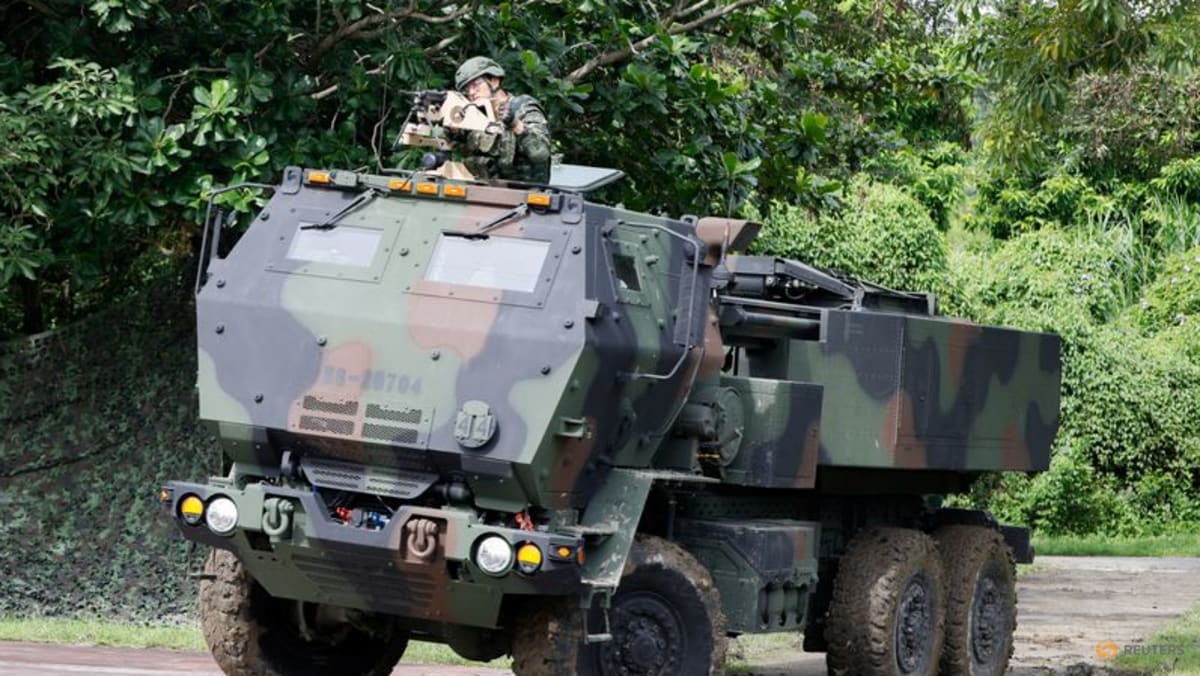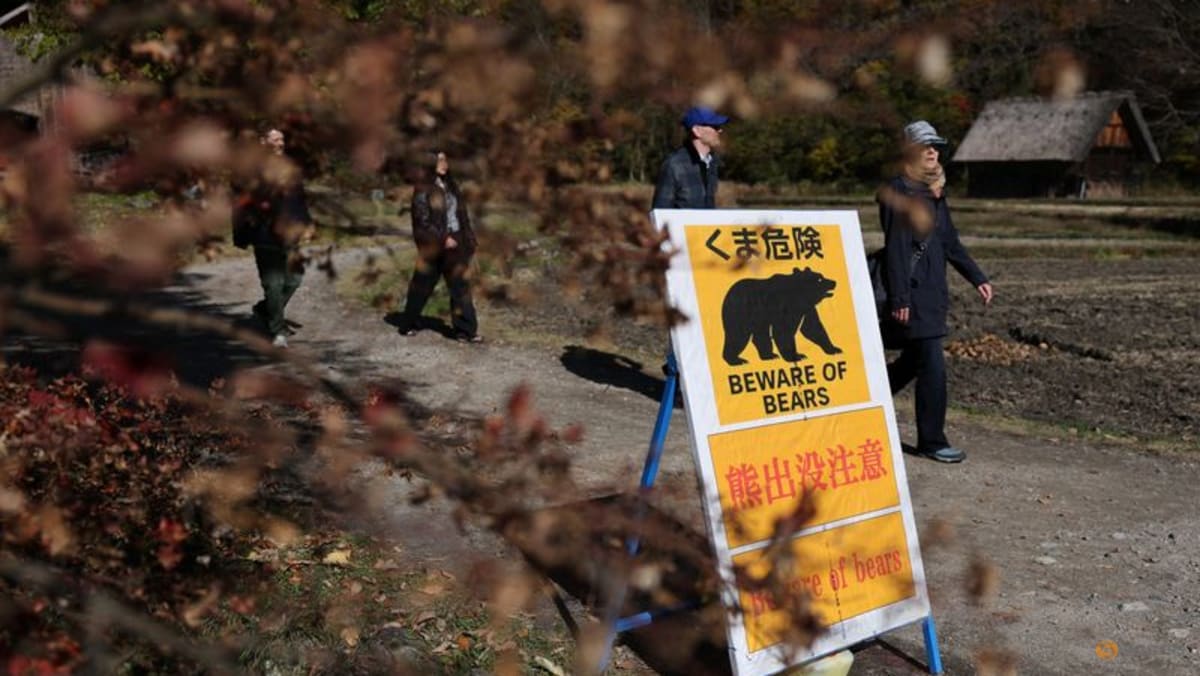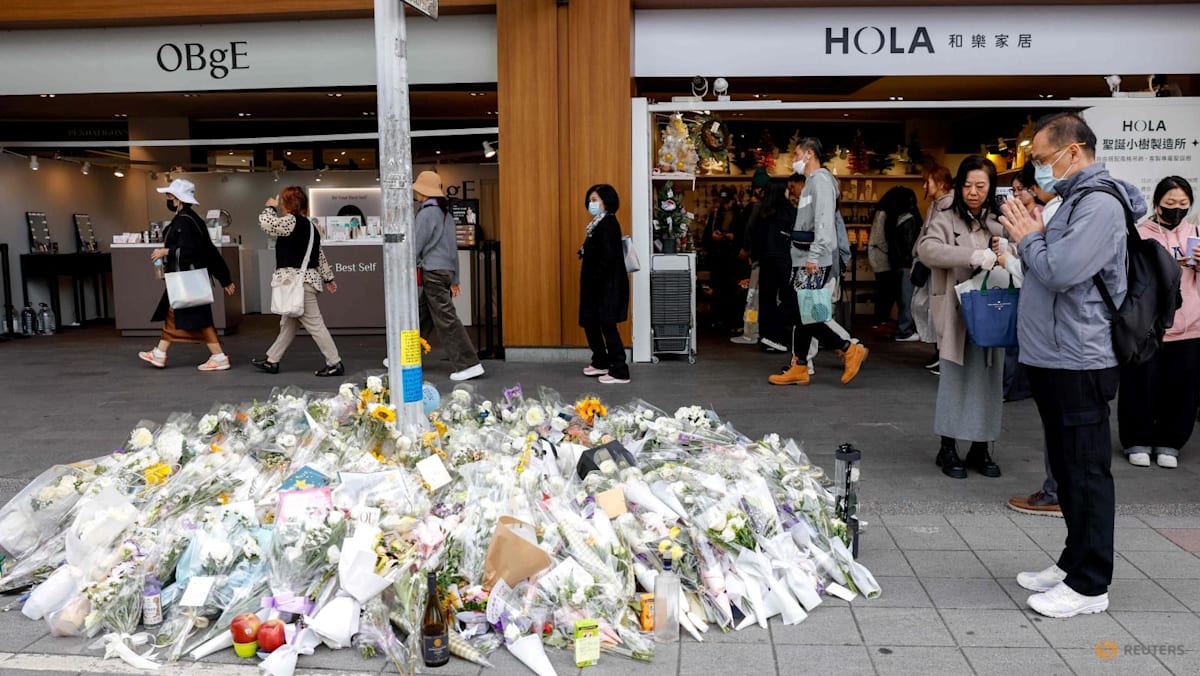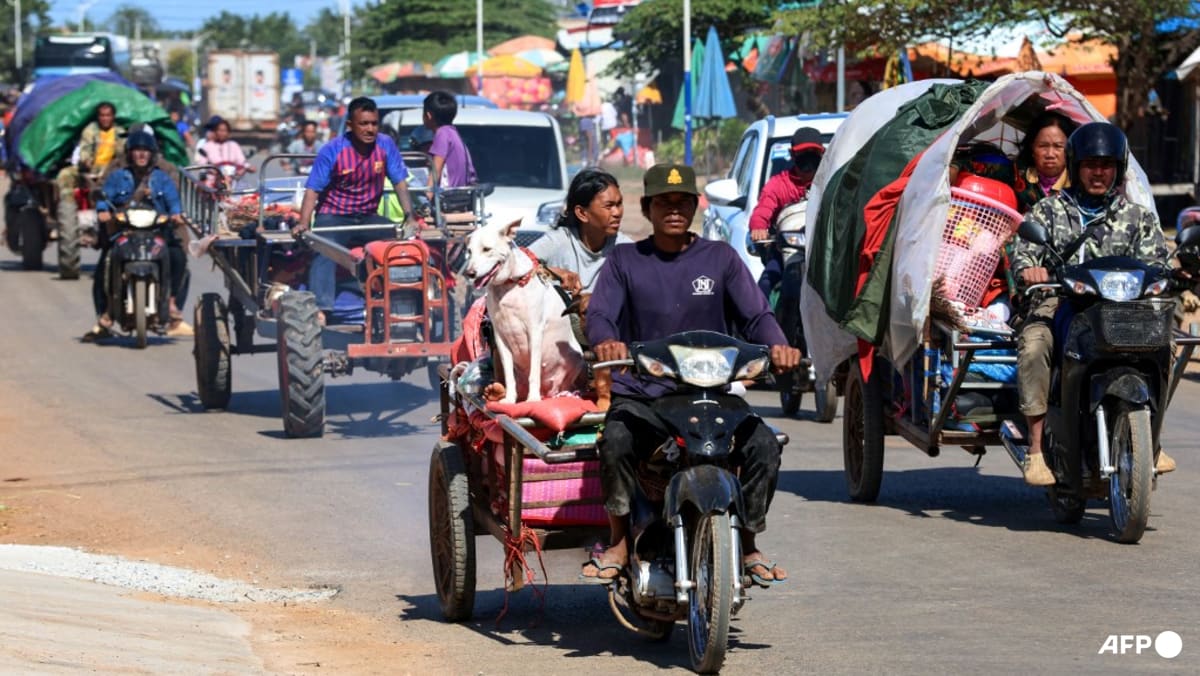Malaysia defends naturalisation process for banned players as scandal widens

KUALA LUMPUR: Malaysia on Thursday (Oct 9) defended a decision to naturalise seven members of its national football team in a rapidly widening scandal after FIFA suspended the players over the alleged use of doctored documentation.
The FIFA disciplinary committee said this week it had found evidence indicating that Malaysian authorities may have relied on forged documents to naturalise the mixed-heritage players Gabriel Palmero, Facundo Garces, Rodrigo Holgado, Imanol Machuca, Joao Figueiredo, Jon Irazabal and Hector Hevel.
The committee said FIFA was able to obtain original birth certificates that showed significant discrepancies from those submitted by the Football Association of Malaysia (FAM) to show the players’ Malaysian lineage.
The fact that FIFA was able to obtain the original documents suggested FAM and the players “did not exercise the necessary level of scrutiny or care”, the disciplinary committee said.
FAM has said it will appeal the committee’s decision.
FIFA’s findings have sparked an uproar, with fans and lawmakers calling for action against FAM as well as the national registration department and home ministry, which are the two agencies responsible for granting the players’ citizenship.
Source: CNA















